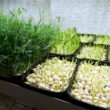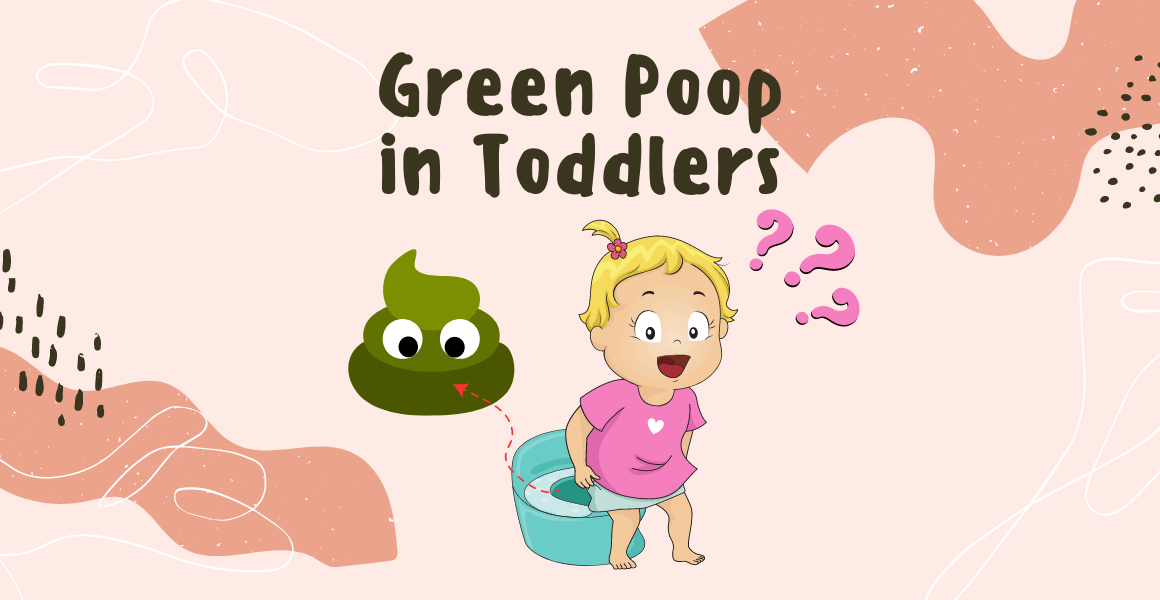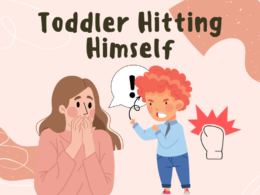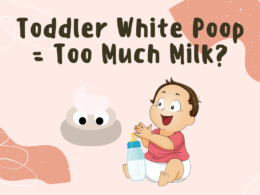Quick Summary
- Toddlers can sometimes experience green poops, which is usually not a cause for concern if it’s the result of something they’ve eaten 👶
- However, medications and infections may be to blame, so always seek medical advice if your little one has green stools that last longer than a few days or are accompanied by other symptoms 👶
- To proactively avoid such cases occurring in the first place, ensure good hygiene rules are followed at all times while providing them with nutritious diets rich in greens but limiting processed fatty foods 👶
What’s the Normal Stool Color?
In general, the normal stool color for toddlers is brown. This is due to the presence of bile, which is produced in the liver and stored in the gallbladder. Bile helps to break down fats in the gut and gives stool its brown color.
However, sometimes the stool may be green, and many parents worry when they see green poop in their toddler. Green poop (toddler) is usually nothing to worry about and is often the result of something your toddler has eaten. However, green stool can also be a sign of an infection or other health condition.

Bright green poop (toddler), yellowish green, or greenish black poop can indicate that your toddler has a bacterial infection, such as salmonella. But there are many other causes of green poop. Toddlers may require medical treatment, although usually not hospitalization.
Causes of Green Poop – Toddler Foods
Toddler green poop is usually caused by eating green foods. The most common culprits are green Jell-O and leafy green vegetables, such as spinach and broccoli. Some fruits can also cause green poop in kids, particularly if they’re eaten in large quantities. Avocados, kiwis, and apples are all known to have this effect. In most cases, green poop is nothing to worry about and will clear up on its own within a few days.
Medications
Many medicines, both prescription and over-the-counter, can cause green poop. Toddlers, in some cases, may have green poop due to food coloring or other dyes used in the medication. In other cases, it may be caused by a reaction between the medication and something else in the child’s diet. If your child is taking medication, and you notice that their stool is green, it’s important to call your doctor.
Viral Infection
In some cases, it’s caused by a viral infection, such as the norovirus. Noroviruses are a type of virus that cause severe gastrointestinal illness, including vomiting and diarrhea. They are very contagious and can easily spread through contaminated food or water, contact with an infected person, or contact with contaminated surfaces.
There is no specific treatment for noroviruses, but drinking plenty of fluids is important to avoid dehydration. Most people recover within a few days without any long-term effects. However, in some cases, noroviruses can lead to chronic illness or even death.
Bacterial Infection
Green poop (toddlers) can be caused by a bacterial infection. The bacteria enter the digestive system and multiply, causing green poop. In most cases, the infection is not serious and will go away on its own. However, some types of bacteria can cause more serious illness, so it’s important to see a doctor if your child has green poop for more than a few days. Treatment for a bacterial infection usually involves antibiotics.
Breast Milk Imbalance
When a baby is born, they consume mostly foremilk. This is the watery, low-fat milk that flows from the breast first. Hindmilk is the higher-fat milk that flows after the initial foremilk. If a baby drinks too much foremilk and not enough hindmilk, they can develop green poop. This is because their digestive system cannot process all the lactose in the foremilk, which can lead to diarrhea.
Another possible cause of green poop in toddlers is an oversupply of milk. This can happen if a mother’s body produces more milk than her baby needs. The excess milk can cause the baby’s digestive system to work overtime, leading to green poop, so breastfeeding mothers should monitor their baby’s intake.
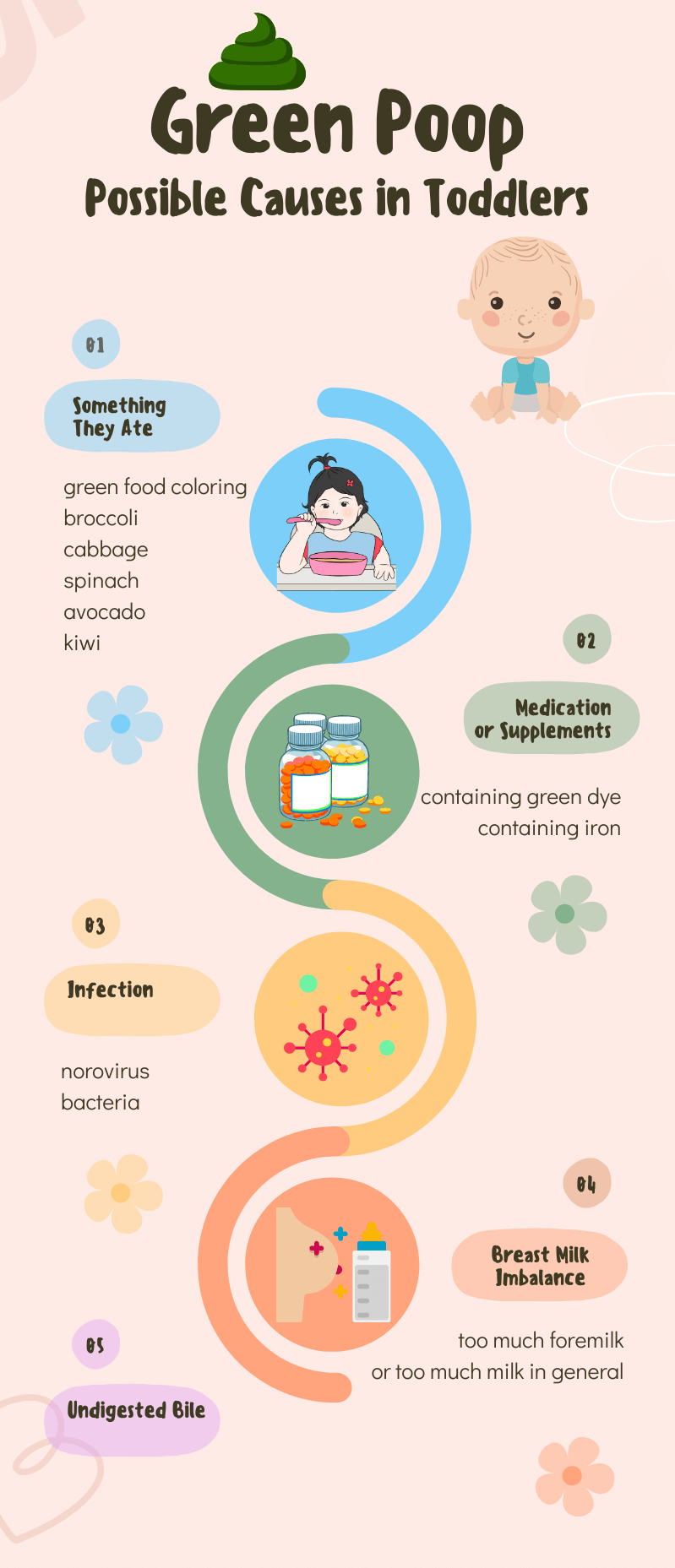
Dark Green Poop: Biliary Secretion
Toddlers are notorious for their penchant for putting everything in their mouths. This can sometimes lead to gastrointestinal distress, which may manifest as green poop. Bile is a yellow-green liquid that helps to break down fats in the intestines. Normally, bile is stored in the gallbladder and released when needed.
However, if a toddler ingests something that irritates the stomach or intestines, the bile may be released into the digestive tract in excess, or it may not be digested. This can cause the child’s stool to turn green. Green poop is usually nothing to worry about and will resolve on its own once the irritant has passed through the digestive system.
Green Poop in Toddlers: When to See a Doctor?
If your toddler has green poop, it could be due to a number of different factors. Most likely, it is simply due to something they have eaten, such as leafy greens or food with green coloring. However, there are several times when you should seek medical attention for green poop in your toddler.
- If green stool is accompanied by other symptoms, such as vomiting, fever, or diarrhea.
- If green stool lasts for more than a few days.
- If green stool is accompanied by blood or pus.
- If your toddler seems to be in pain when they poop.
If you’re concerned about green poop, toddler health or their diet, it’s important to talk to a pediatrician. They can help to determine the cause and provide treatment if needed. In most cases, green poop is nothing to worry about. However, it’s always best to err on the side of caution when it comes to your child’s health.
Our Reader’s Story
Despite my best efforts, I had one of those horror-movie moments when I saw green poop in my toddler’s diaper. My mind raced with thoughts of possible illnesses until she confessed with a grin that she ate an entire bag of sneaky green apple gummies! After some deep breaths to calm down, the parent mode kicked in, so now all snacks are closely monitored – just like mommy always said they should be.
What’s the Treatment for Green Stool?
There are many factors that can make your toddler poop green. However, green poop is usually not a cause for concern. In many cases, green poop will go away on its own without any treatment. However, if green poop is caused by an infection, your doctor may prescribe antibiotics.
If green poop is accompanied by other symptoms, such as vomiting or diarrhea, it’s important to make sure your toddler stays hydrated. Give them plenty of fluids, such as water or clear soup. You can also give them an electrolyte solution to help replace lost fluids and minerals.
In some cases, green poop (toddler) can be a sign of a more serious health condition. If you’re concerned about green poop in your toddler, it’s important to talk to your doctor. They can help to determine the cause and provide treatment if needed.
Green Poop – Toddler’s Health and Prevention
There are several things you can do to help prevent green poop in your toddler:
- wash your hands thoroughly, especially after using the bathroom or changing diapers;
- cook food properly and avoid eating raw or undercooked meat, poultry, or eggs;
- avoid contaminated water;
- wash fruits and vegetables thoroughly before eating them;
- disinfect surfaces that may be contaminated with bacteria or viruses;
- practice good hygiene, such as showering regularly and washing your hands often;
- avoid sharing food, utensils, or other personal items with others;
- provide your child with a well-balanced diet that includes plenty of fruits, vegetables, and whole grains;
- avoid processed foods, sugary drinks, and high-fat foods.
In general, green poop (toddler) is nothing to worry about and is often the result of something they have eaten. Observe your toddler for other symptoms that may indicate a more serious health condition. If you’re concerned about green poop, do not hesitate to talk to your doctor.
FAQs About Green Poop in Toddlers
Can Dehydration Cause Green Poop?
Green poop may be a sign of dehydration in adults, but in toddlers, not really. Malabsorption syndrome or a potassium deficiency can also cause green poops in people. Still, it’s usually a normal stool color for a young child.
Why Is My Toddler’s Poop Green and Watery?
If your toddler has diarrhea, their stools may be green simply because they pass through the gut quickly. The color is nothing to worry about, but the diarrhea itself can be. Ensure your child is drinking plenty of fluids to avoid dehydration. If the diarrhea persists, see a doctor for advice.
Does Green Poop Mean Infection in Babies?
If it contains mucus, then it may be a sign of infection. A greenish color is also common in babies, however, so it may just be a normal stool. If your baby has other symptoms like a fever or vomiting, get advice from your doctor.
Can Teething Cause Green Poop in Toddlers?
Your toddler’s poop may look green when they’re teething because they’re producing more saliva. This can cause the poop to be mucus-like. Or, if your child is eating greens like spinach, it could also be the reason.
Does Lactose Intolerance Cause Green Poop?
For babies and toddlers that drink milk, difficulty digesting it may cause a reaction resulting in green stool. If you think your child is facing such an issue, consult with their pediatrician to ensure they are healthy and unaffected by the lactose intolerance.
Similar Posts:




